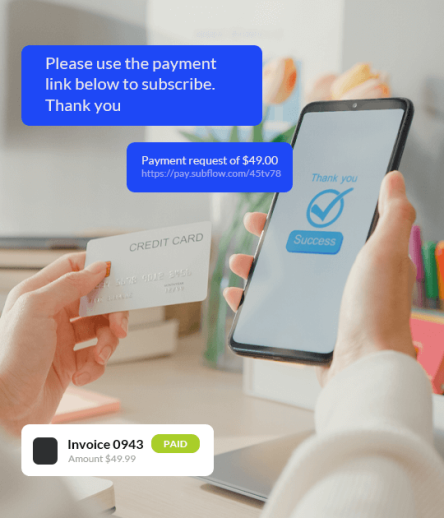|
|
|
|
|
Creation date: May 20, 2022 10:18pm Last modified date: May 20, 2022 10:18pm Last visit date: Apr 28, 2024 2:19pm
1 / 20 posts
May 20, 2022 ( 1 post ) 5/20/2022
10:18pm
Sub Flow (subflow)
Unlike a 9-5 job that offers a set salary, the income of content creators can vary greatly. Some people can make a full-time living off their content, while others may only make enough to cover their expenses. And this can make it difficult to budget and plan for your future.
The good news is there's a way content creator tools can generate recurring income over time: through subscription models. Recurring income is money that you regularly receive, typically monthly or yearly. It's different from one-time payments or periodic payments, making budgeting difficult.
You can more easily predict and plan for your expenses when you have recurring income. Still confused? Need more convincing? Here's how to make money. What is the subscription business model?The subscription revenue model generates revenue through recurring payments from customers. This revenue model is most commonly associated with Software-as-a-Service (SaaS) businesses. Still, it can also be used by companies in other industries such as media, fitness, home care, and content creation.
The subscription business model has many advantages for both businesses and customers. For businesses, it provides a predictable and recurring revenue stream that can be used to finance operations and future growth. For customers, it offers the convenience of paying for a service on a regular basis without having to remember to renew their subscription or worry about being charged for something they no longer use.
There are two main types of subscription models: flat-rate and usage-based. Flat-rate subscription models charge customers a fixed monthly or annual fee for access to a service or product, regardless of how much they use it. This type of subscription is common in the media industry, where customers are charged a set price for access to a library of content (e.g., Netflix) or for a physical product that is delivered on a regular basis (e.g., the Dollar Shave Club).
Usage-based subscription models, on the other hand, charge customers based on their usage of a service or product. This type of subscription is common in the software industry, where customers are charged based on the number of users or the amount of storage they use (e.g., Dropbox).
Content creators, such as writers and musicians, are also increasingly using subscription models to sell their work. These creators typically use a flat-rate model, where customers pay a set price for access to all of their content (e.g., Patreon). |

